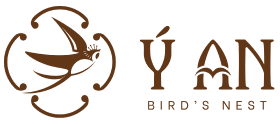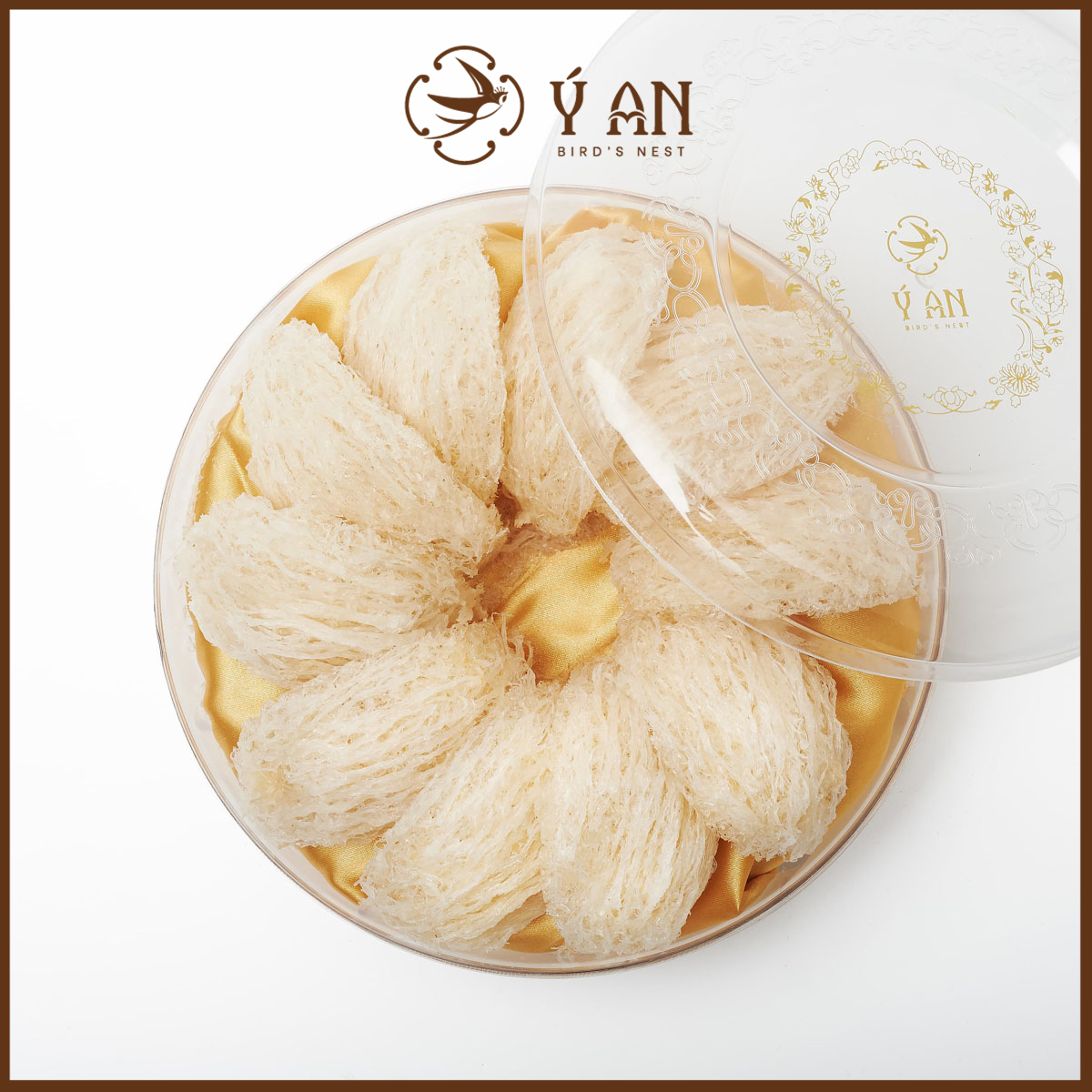PRODUCT CONSULTATION
Which type of bird’s nest should I choose?
**Which Type of Bird’s Nest Should I Choose?**
Bird’s nest, also known as edible bird’s nest, has been cherished for centuries, particularly in Chinese culture, for its health benefits and nutritional value. Made primarily from the hardened saliva of swiftlets, bird’s nests are prized for their rich content of proteins, amino acids, minerals, and unique compounds like sialic acid and epidermal growth factor (EGF). However, with various types of bird’s nests available in the market, choosing the right one can be confusing. This guide will help you understand the differences between various types of bird’s nests and how to select the best one to suit your needs.
### **Types of Bird’s Nests Based on Collection Location**
Bird’s nests are generally categorized based on where they are harvested: cave nests and house nests.
1. **Cave Bird’s Nest**
– **Description**: These nests are found in natural coastal caves, particularly in countries like Malaysia, Thailand, and Indonesia. Swiftlets build these nests on cave walls, often exposed to harsh conditions such as wind, sea spray, and temperature fluctuations.
– **Characteristics**: Cave nests are usually darker in color (ranging from light gray to brown) due to the absorption of minerals from the cave walls. They are often harder and thicker compared to house nests.
– **Pros**: Rich in minerals due to the natural environment where they are harvested.
– **Cons**: Higher risk of contamination with dirt, feathers, and other impurities. The cleaning process can be more labor-intensive, which may affect the nutritional content. Additionally, cave nests can be more challenging to harvest, making them more expensive.
2. **House Bird’s Nest**
– **Description**: These nests are harvested from specially constructed birdhouses, where the environment is controlled to ensure optimal conditions for swiftlets to build their nests. Birdhouses are commonly found in countries like Vietnam, Thailand, and Indonesia.
– **Characteristics**: House nests are typically whiter, cleaner, and more uniform in shape than cave nests. They are softer and more delicate due to the controlled conditions.
– **Pros**: Generally cleaner, with fewer impurities. House nests are easier to clean, making them a popular choice among consumers who want a purer product.
– **Cons**: While they may lack the mineral content found in cave nests, house nests are still packed with essential nutrients.
### **Types of Bird’s Nests Based on Color**
Bird’s nests are also categorized by their color. The three primary types include white, yellow, and red (blood) bird’s nests.
1. **White Bird’s Nest**
– **Description**: White nests are the most common and are harvested from both caves and birdhouses. They are considered the most “pure” form of bird’s nest.
– **Nutritional Value**: High in protein, amino acids, and sialic acid. These nests are excellent for boosting immunity, improving skin health, and promoting overall wellness.
– **Pros**: Readily available and generally more affordable than other colored nests. They are suitable for regular consumption.
– **Cons**: While white bird’s nests are highly nutritious, they may lack the unique compounds found in red nests.
2. **Yellow Bird’s Nest (Golden Bird’s Nest)**
– **Description**: Yellow nests have a natural yellowish hue due to oxidation or mineral absorption from the environment. These nests are rarer than white nests but not as rare as red ones.
– **Nutritional Value**: Similar to white nests, but some believe the yellow color indicates a slightly higher mineral content.
– **Pros**: They offer similar benefits to white nests but are often preferred for their unique color and slightly richer taste.
– **Cons**: Higher cost compared to white nests, with no significant difference in nutritional benefits.
3. **Red Bird’s Nest (Blood Bird’s Nest)**
– **Description**: These are the rarest and most expensive type of bird’s nest. The red color is believed to result from either the swiftlets’ diet, environmental factors, or oxidation over time. Contrary to popular myths, the color is not due to the presence of blood.
– **Nutritional Value**: Thought to have higher concentrations of nutrients, especially minerals, due to its distinctive red hue. It is highly valued for its supposed superior health benefits.
– **Pros**: Known for its potential to enhance skin health, boost the immune system, and improve overall vitality. The rarity and prestige associated with red nests make them a luxurious gift.
– **Cons**: Extremely high cost and limited availability. The color can sometimes be artificially enhanced, so it’s essential to buy from reputable sources.
### **Factors to Consider When Choosing a Bird’s Nest**
When selecting a bird’s nest, consider the following factors to ensure you are getting the best quality:
1. **Origin and Source**
– Choose nests harvested from reputable regions known for producing high-quality bird’s nests, such as Malaysia, Vietnam, Thailand, or Indonesia.
– Look for trusted brands or suppliers that have certifications to ensure their nests are free from harmful additives or chemicals.
2. **Appearance and Texture**
– High-quality bird’s nests should have a natural color, whether it’s white, yellow, or red. Avoid nests that are too bright or overly white, as they may have been bleached.
– The nest should have a firm texture when dry but become soft and gelatinous after soaking.
3. **Purity and Cleaning**
– Opt for bird’s nests that are minimally processed and free from impurities like feathers, dirt, or sand. Clean nests will require less preparation time.
– Be cautious of bird’s nests that appear overly perfect or uniform, as these may be artificially processed.
4. **Price and Authenticity**
– Bird’s nests are a premium product, so if the price seems too good to be true, it likely is. Authentic bird’s nests are expensive due to the labor-intensive harvesting and cleaning processes.
– Be wary of counterfeits. Many fake bird’s nests are made from gelatin, starch, or other fillers. Always buy from reputable sources.
5. **Form of Bird’s Nest**
– **Whole Nests**: These are unbroken nests that retain their original cup-like shape. They are generally more expensive but considered the highest quality.
– **Strips or Shards**: Nests that are broken during harvesting or cleaning. These are more affordable but still offer the same nutritional benefits.
– **Bird’s Nest Powder**: Ground bird’s nests that can be easily added to soups, drinks, or desserts. This form is convenient but may lack the texture of whole nests.
### **How to Prepare Bird’s Nest**
To get the best out of bird’s nest, it’s essential to prepare it properly:
1. **Soak the Bird’s Nest**
– Soak dried bird’s nest in water for at least 4-6 hours (or overnight) until it softens.
– Rinse thoroughly to remove any impurities.
2. **Cooking the Bird’s Nest**
– Simmer the soaked bird’s nest in water or broth for 30-45 minutes on low heat until it becomes a jelly-like texture.
– You can add ingredients like rock sugar, goji berries, red dates, or pandan leaves to enhance the flavor and nutritional value.
3. **Storage**
– If you’re not using the soaked bird’s nest immediately, store it in an airtight container in the refrigerator for up to a week.
### **Conclusion**
Choosing the right type of bird’s nest depends on your specific needs, preferences, and budget. White bird’s nests are excellent for regular consumption due to their availability and affordability, while red bird’s nests are a luxurious option with potentially higher nutritional benefits. Whether you opt for cave nests or house nests, always prioritize quality and authenticity. By selecting the right type of bird’s nest, you can enjoy its rich health benefits while ensuring you get the best value for your investment.

